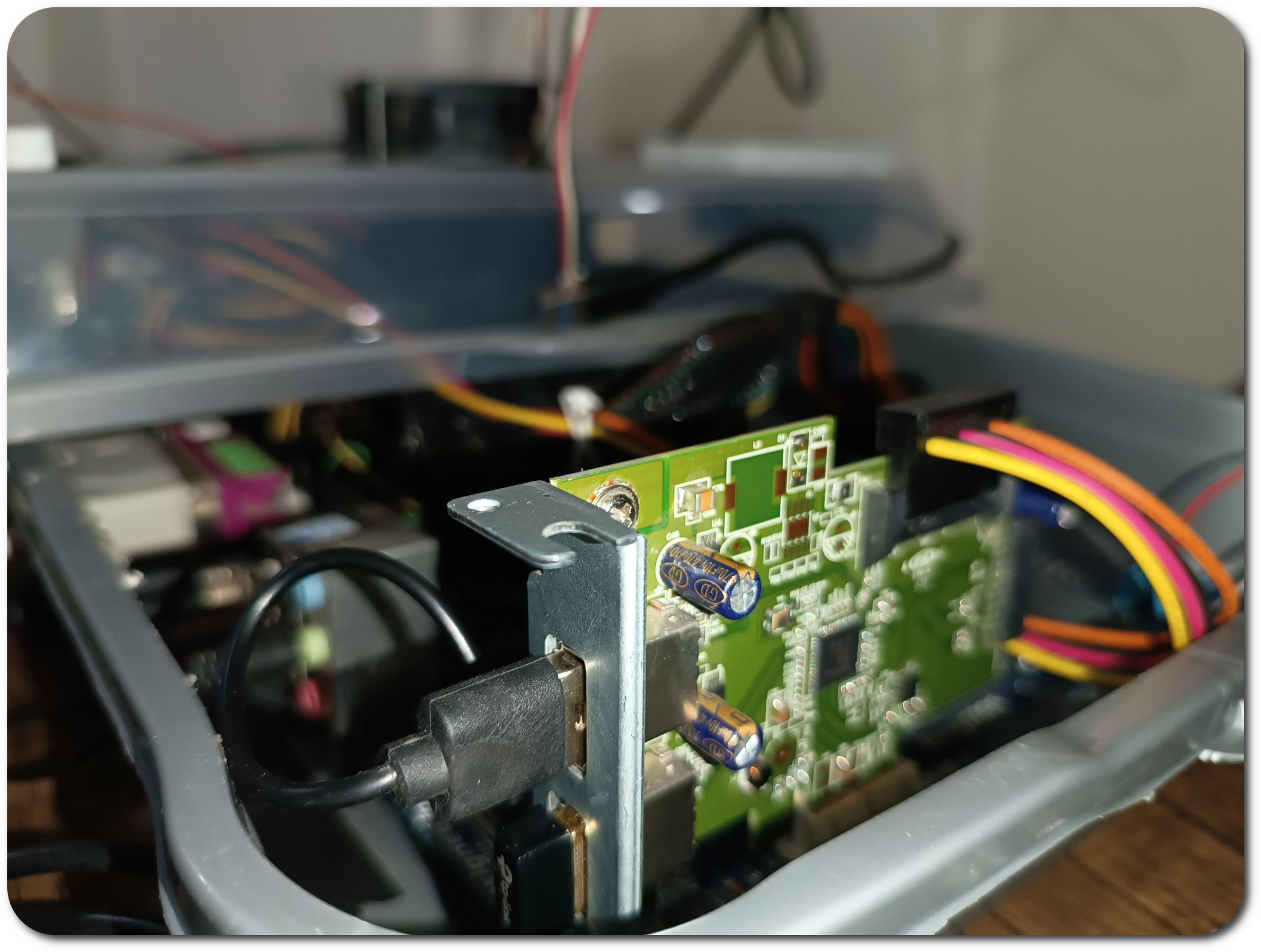ACM Guidelines RoadMaps
This project is deemed for dissociating the ACM-Guidelines for CS and CE Curricula into more manageable entities to learn, such that each entity is composed of multiple sets of related components known as the modules, and each component can be further decomposed into subjects, the smallest building blocks in this learning scheme.
Learning Scheme Model “EMCSO Model”
E = Entities
M = Modules
C = Components
S = Subjects
O = Objects
Example: Embedded Systems RoadMap using the “EMCSO Model”
E = {Embedded Systems}
M = {Theory of Electronics, Practical Electronics, Digital Logic Design, Microcontroller Interfacing, Embedded Software Engineering, …}
C of Electronics = {General Electronics, Digital Electronics, Analog Electronics, Circuit Design, Circuit testing, …}
C of Microcontroller interfacing = {}
S of General Electronics = {Circuitry, Ohm’s Law, Kirchhoff’s Laws, Superposition Theorem, Thevenin’s Theorem, …}
O of Circuitry = {Open Circuits, Closed Circuits, Short Circuits, …}
Terminology
- An Entity is a universe set that holds groups sets of similar modular subjects together, those groups propose similar goals, and their presence together magnifies the target knowledge to the full capacity (e.g., Embedded Systems).
- A Module is a set that groups related components together in a specific entity.
- A Component is the logical unit of the learning modules, and represents the mental subjects that maps the literal scientific subjects under a generic or umbrella term (e.g., Problem Solving Fundamentals, Software Engineering Fundamentals, Embedded Systems Fundamentals).
- A Subject is the building unit of the learning modules, and represents the actual scientific subjects (e.g., Discrete Mathematics - Data Structures & Algorithms).
- An Object is a very specific part (could be chapter or conceptualization) inside a designated subject (e.g., Switching Algebra in Discrete Mathematics).
- An Entity-Entity relationship.
- A Entity-Module relationship.
- A Module-Module relationship.
- A Module-Component relationship.
- A Module-Subject relationship.
- A Component-Subject relationship.
- A Component-Component relationship.
- A Subject-Subject relationship.
Generalized RoadMaps for the famous domains
Study Materials
Study Maneuvers
Introduction to Scientific Modelling
References
Our Features


Distributed Simulation
An overview of distributed simulation systems.

NASA DSES Project
Insights into the Distributed Space Exploration Simulation System project of NASA.

Educational Applications
How educational institutions can benefit from simulation systems.

Scalable Solutions
Implementing scalable solutions for various needs.
Contacts:
Name
Pavly Gerges
pepogerges33@gmail.com
Tel
Address
Egypt, Cairo